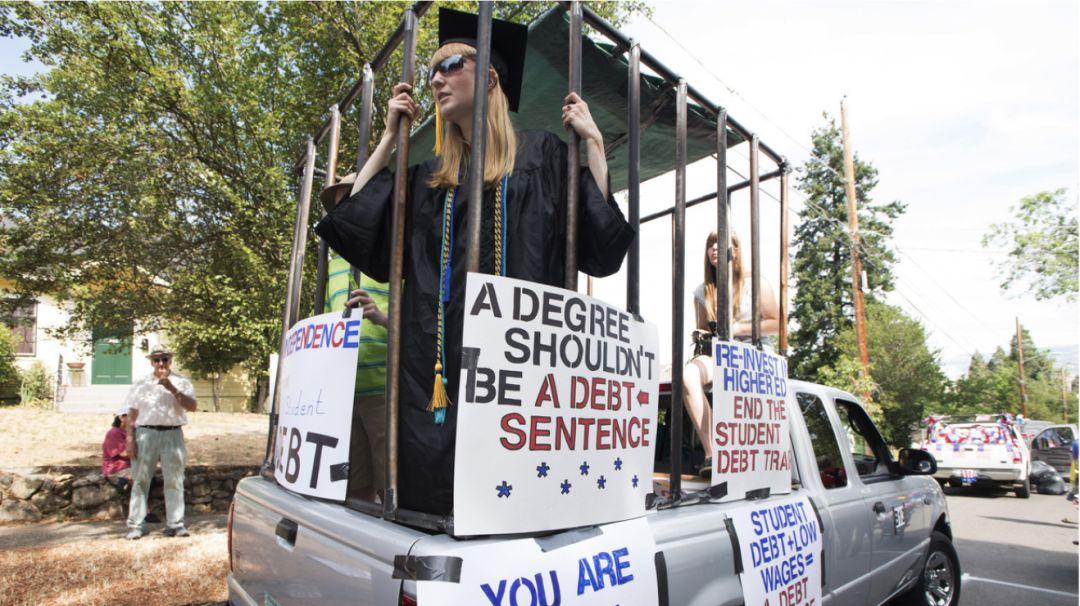Understanding DOE Student Loans: A Comprehensive Guide to Financing Your Education
#### What are DOE Student Loans?DOE student loans refer to the financial assistance programs offered by the U.S. Department of Education (DOE) to help stude……
#### What are DOE Student Loans?
DOE student loans refer to the financial assistance programs offered by the U.S. Department of Education (DOE) to help students cover the costs of their higher education. These loans are designed to provide affordable financing options for students who may not have the means to pay for college upfront. They come in various forms, including subsidized and unsubsidized loans, each with its own terms and conditions.
#### Types of DOE Student Loans
There are several types of DOE student loans available to eligible students. The most common include:
1. **Direct Subsidized Loans**: These loans are available to undergraduate students with demonstrated financial need. The government pays the interest while the student is in school at least half-time, during the grace period, and during deferment periods.
2. **Direct Unsubsidized Loans**: Unlike subsidized loans, these are available to both undergraduate and graduate students regardless of financial need. Interest accrues on these loans while the student is in school, which means the total amount owed can grow significantly over time.
3. **Direct PLUS Loans**: These loans are available to graduate students and parents of dependent undergraduate students. They can help cover the full cost of education, minus any other financial aid received. However, they require a credit check and typically have higher interest rates.

4. **Direct Consolidation Loans**: This option allows borrowers to combine multiple federal student loans into one loan, simplifying the repayment process and potentially lowering monthly payments.
#### Eligibility for DOE Student Loans
To qualify for DOE student loans, students must meet certain eligibility requirements. These typically include:
- Being a U.S. citizen or eligible non-citizen.
- Having a valid Social Security number.
- Being enrolled at least half-time in an eligible degree or certificate program.
- Maintaining satisfactory academic progress as determined by the institution.
Students must also complete the Free Application for Federal Student Aid (FAFSA) to determine their eligibility for federal student loans and other forms of financial aid.
#### Applying for DOE Student Loans
The application process for DOE student loans begins with completing the FAFSA. This form collects financial information to assess the student's need for federal financial aid. Once the FAFSA is submitted, students will receive a Student Aid Report (SAR) detailing their financial aid eligibility. Based on this report, students can then apply for specific DOE student loans through their school's financial aid office.
#### Repaying DOE Student Loans
Repayment of DOE student loans typically begins six months after graduation, leaving school, or dropping below half-time enrollment. Borrowers have several repayment plans to choose from, including standard, graduated, extended, and income-driven repayment plans. It’s essential for borrowers to understand their options and select a plan that best fits their financial situation.
#### Conclusion
Understanding DOE student loans is crucial for students seeking financial assistance for their education. By familiarizing themselves with the types of loans available, eligibility requirements, and the application process, students can make informed decisions about their financing options. Additionally, being proactive about repayment strategies can help alleviate the financial burden after graduation. Whether you’re just starting your college journey or nearing the end, knowledge about DOE student loans can empower you to take control of your educational financing.